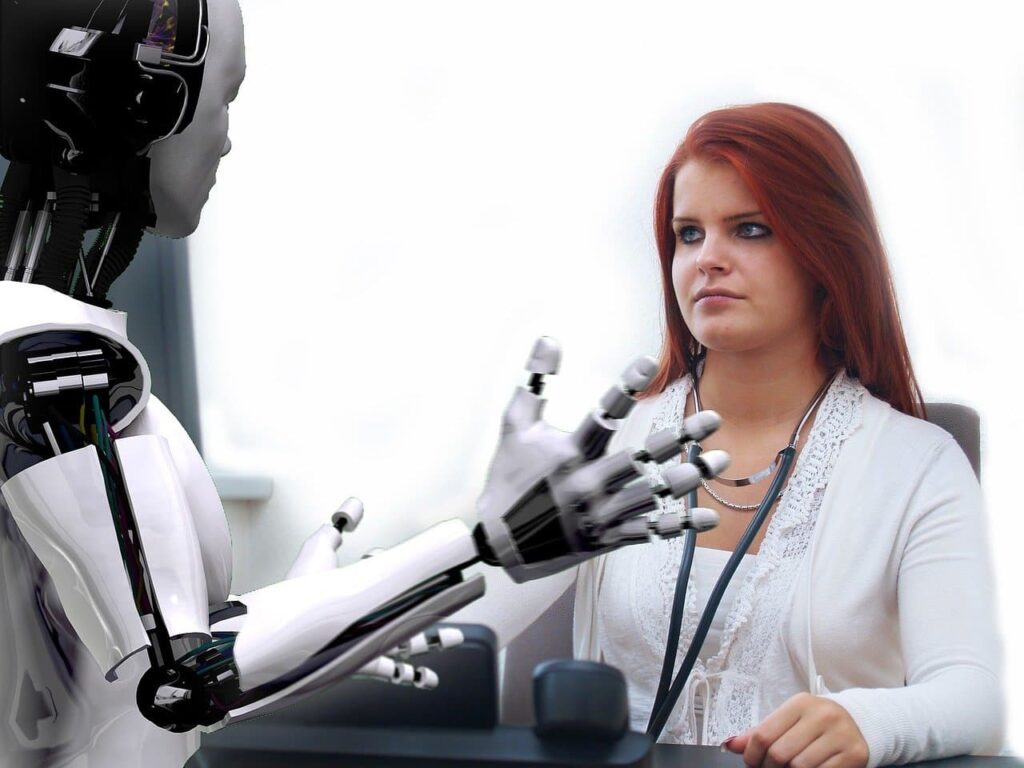
For centuries, scientists, philosophers, fiction writers and others have mused upon the possibility, and possible outcomes, of introducing robotics into our daily lives. Some have seen this as a positive, removing the need for much of our daily drudgery (see C3PO and R2-D2), some have been ambivalent, viewing it as a positive that could turn ugly (see Blade Runner), and some have seen it as the first step on the road to Armageddon (see Terminator). However, we don’t have to look to the cinema to consider the impact robots will have on human life; they are already here.
Fortunately – or unfortunately, depending on your point of view and how much you want a robotic girlfriend/companion/cleaner – the age of human-identical automata is not quite with us yet. The robots that are a massive part of our everyday lives exist within computers, in the form of Robotic Process Automation (RPA).
With RPA, companies can set “robot” processes running within software to automate tedious repetitive tasks such as automatic email responses etc. In theory this frees up human staff to work in a more client-facing way, undertaking the complexities of person-to-person interaction that computers can’t (quite yet) handle. The caveat “in theory” is used because inevitably when businesses are shown a way of replacing employees with nonstriking tireless robotic processes, a sensible person jumps back to avoid being trampled in the rush.
The RPA market is already close to $1 billion; around half of major developed companies have invested in software to implement RPA. The savings are obvious: Deloitte, for example, implemented a program to employ 85 robots running 13 processes capable of dealing with 1.5 million requests each year. This meant that the company effectively got the benefit of 200 extra full-time workers, but it cost about 70% less. Some forecasters have predicted that if RPA continues to expand, many companies in the financial sector and other “non-physical” industries could shed up to 75% of their employees, with around 10% of the global workforce becoming redundant in both senses of the word.
Clearly, the application of RPA on this scale raises numerous societal and moral questions. If we are to hand over so much responsibility to robots, what is to become of us? Without a purpose, do we have a point? Of course it used to be imagined that the age of robotics would usher in lives of luxury, contemplation and creativity unseen since the days of the Roman Empire, but it doesn’t appear that the powers that be are willing to provide this anytime soon.
Other problems also arise within business. Inevitably, RPA begins by taking over the entry-level tasks of employees. The question is, where then does the company acquire its fresh blood when there are no entry-level jobs for employees to do? What happens to the time-honoured process of starting in the post room and working your way upwards? For this reason, a number of companies have actually refused to implement RPA until they have formulated accurate processes for tackling this issue. Additionally, at present RPA is highly complex but highly susceptible to failures; a company could spend months designing a robot and then a minor change in legislation could render it redundant at a stroke.
It’s clear that we are not yet in an era where, for good or bad, we can surrender the majority of our human activities to RPA. However, with the exponential growth in sophistication of these processes, which could ultimately lead to the computer scientist’s dream and Hollywood nightmare of processes designing new processes, completely eliminating the human element, it’s clear that RPA will require careful consideration and legislation if it is to be a boon to mankind rather than a few (very rich) men.
Does your business need some assistance with automating the boring? Are you prepared for the future of technology? Reach out to see how we can work together and book your free 30 minute online consultancy by emailing us at hello@encompass-innovate.co.uk